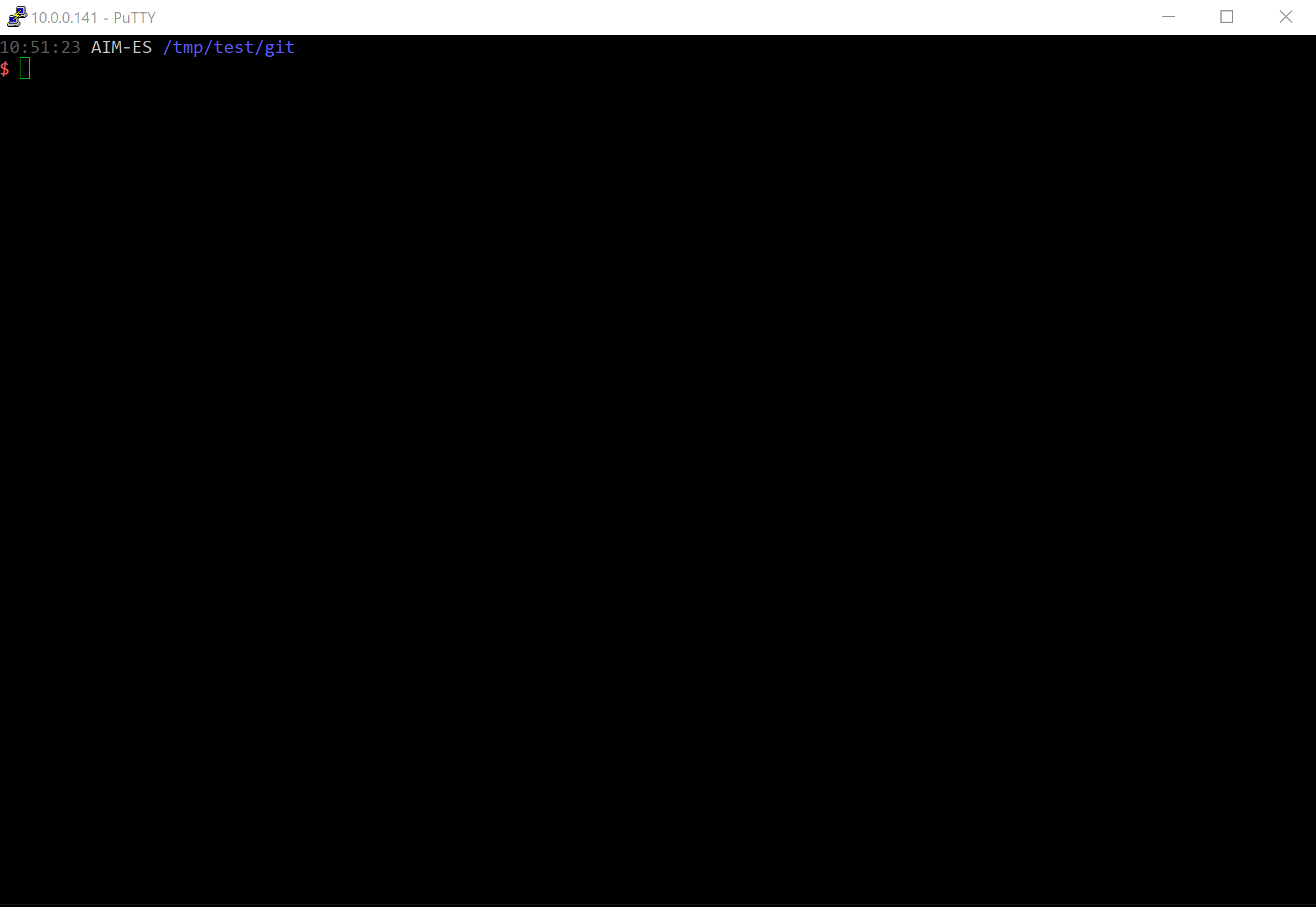Commit only part of a file in Git
When I make changes to a file in Git, how can I commit only some of the changes?
For example, how could I commit only 15 lines out of 30 lines that have been changed
-
You can use
git add --interactiveorgit add -p <file>, and thengit commit(notgit commit -a); see Interactive mode in git-add manpage, or simply follow instructions.Modern Git has also
git commit --interactive(andgit commit --patch, which is shortcut to patch option in interactive commit).If you prefer doing it from GUI, you can use git-gui. You can simply mark chunks which you want to have included in commit. I personally find it easier than using
git add -i. Other git GUIs, like QGit or GitX, might also have this functionality as well.讨论(0) -
I believe that
git add -e myfileis the easiest way (my preference at least) since it simply opens a text editor and lets you choose which line you want to stage and which line you don't. Regarding editing commands:added content:
Added content is represented by lines beginning with "+". You can prevent staging any addition lines by deleting them.
removed content:
Removed content is represented by lines beginning with "-". You can prevent staging their removal by converting the "-" to a " " (space).
modified content:
Modified content is represented by "-" lines (removing the old content) followed by "+" lines (adding the replacement content). You can prevent staging the modification by converting "-" lines to " ", and removing "+" lines. Beware that modifying only half of the pair is likely to introduce confusing changes to the index.
Every details about
git addare available ongit --help add讨论(0) -
If it's on
Windowsplatform, in my opiniongit guiis very good tool tostage/commitfew lines fromunstagedfile1. Hunk wise:
- Select the file from
unstagged Changessection - Right click chunk of code which needs to be staged
- Select
Stage Hunk for commit
2. Line wise:
- Select the file from
unstagged Changessection - Select the line/lines to be staged
- Right click and select
Stage Lines for commit
3. If you want to stage the complete file except couple of lines:
- Select the file from
unstagged Changessection - Press
Ctrl+T (Stage file to commit) - Selected file now moves to
Staged ChangesSection - Select the line/lines be staged
- Right click and select
UnStage Lines for commit
讨论(0) - Select the file from
-
You can use
git add --patch <filename>(or-pfor short), and git will begin to break down your file into what it thinks are sensible "hunks" (portions of the file). It will then prompt you with this question:Stage this hunk [y,n,q,a,d,/,j,J,g,s,e,?]?Here is a description of each option:
- y stage this hunk for the next commit
- n do not stage this hunk for the next commit
- q quit; do not stage this hunk or any of the remaining hunks
- a stage this hunk and all later hunks in the file
- d do not stage this hunk or any of the later hunks in the file
- g select a hunk to go to
- / search for a hunk matching the given regex
- j leave this hunk undecided, see next undecided hunk
- J leave this hunk undecided, see next hunk
- k leave this hunk undecided, see previous undecided hunk
- K leave this hunk undecided, see previous hunk
- s split the current hunk into smaller hunks
- e manually edit the current hunk
- ? print hunk help
If the file is not in the repository yet, you can first do
git add -N <filename>. Afterwards you can go on withgit add -p <filename>.Afterwards, you can use:
git diff --stagedto check that you staged the correct changesgit reset -pto unstage mistakenly added hunksgit commit -vto view your commit while you edit the commit message.
Note this is far different than the
git format-patchcommand, whose purpose is to parse commit data into a.patchfiles.Reference for future: Git Tools - Interactive Staging
讨论(0) -
Worth noting that to use
git add --patchfor a new file you need to first add the file to index withgit add --intent-to-add:git add -N file git add -p file讨论(0) -
It's been 10 years since this question was asked. And I hope this answer will be useful to someone. As mentioned in the answer here, where GUI is not an option, Andrew Shadura's crecord extension helps bring a ncurses window in which we can select the lines to commit.
Set up the extension as follows:
git clone https://github.com/andrewshadura/git-crecord cd git-crecord ./setup.py install ln -s $PWD/git-crecord ~/.local/bin/git-crecordcd to your git repo and invoke it as follows:
git crecordThis would bring up the ncurses interface which can be used as shown below. Pressing the following keys in the ncurses window will do certain actions:
f hunk toggle fold (arrow keys can also be used) space toggle hunk selection a toggle commit or amend c confirm and open commit windowScreencast showing a sample usage
 讨论(0)
讨论(0)
- 热议问题

 加载中...
加载中...